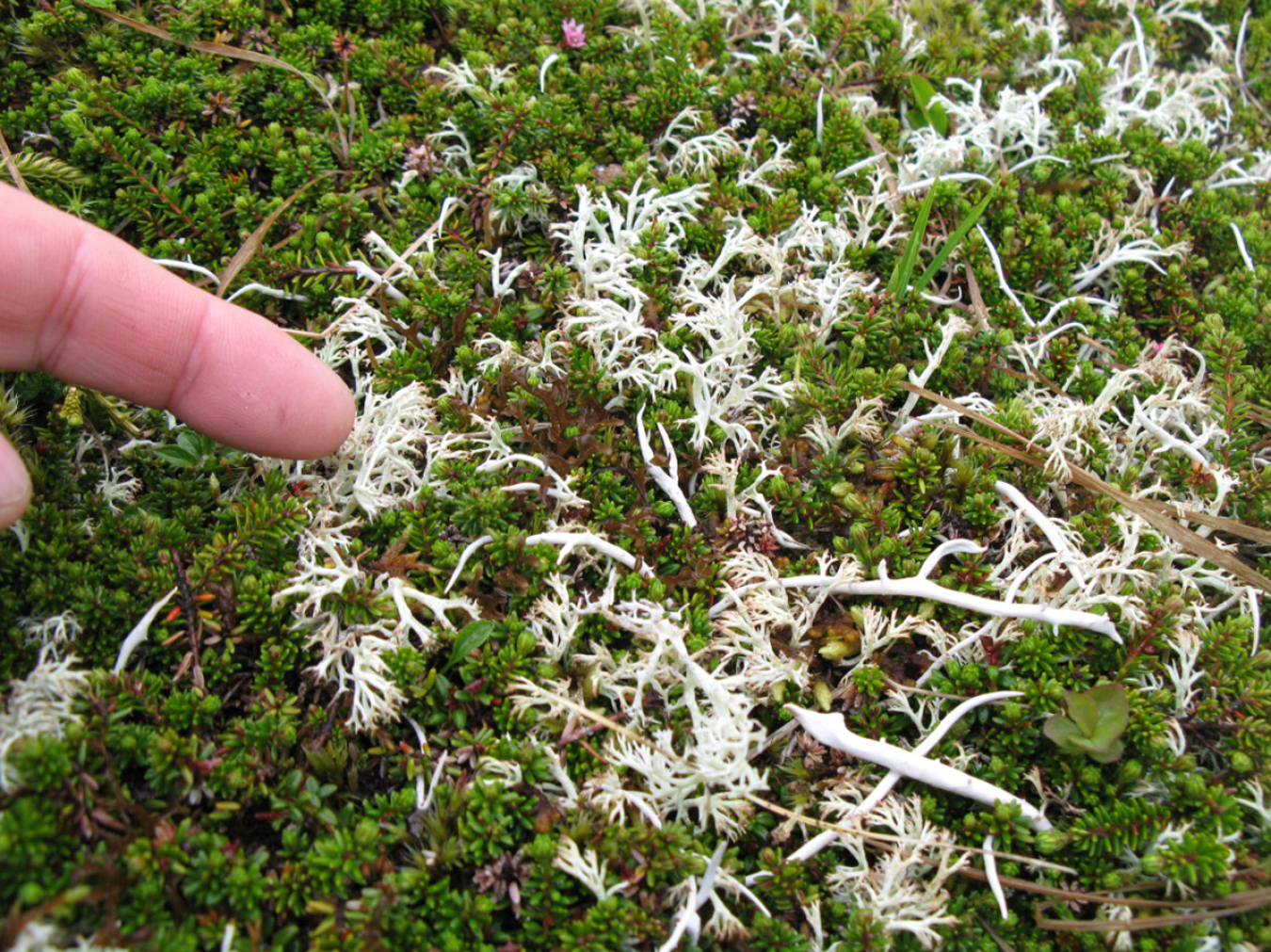The U.S. Department of Energy Office Legacy Management (LM) has a long-term stewardship mission to protect human health and the environment from the legacy of underground nuclear testing conducted at Amchitka Island, Alaska, from 1965 to 1971. As part of its mission, LM collected biological and seawater samples from Amchitka and Adak Islands, for background comparison, and the surrounding waters of each island during the summer of 2011. The biological samples were analyzed for seven radionuclides, including cesium-137, americium-241, plutonium-239 and 240, and uranium-234, 235, and 238. Seawater samples were analyzed for tritium.
A magnitude 9.0 earthquake and subsequent tsunami struck Japan on March 11, 2011, just 3 months before LM’s biological sampling event near Amchitka. Several reactors at the Fukushima Dai-ichi Nuclear Power Plant were severely damaged, releasing radioactive materials into the environment. Atmospheric monitoring in the United States showed elevated cesium activities shortly after the nuclear incident. LM scientists anticipated that atmospheric transport of cesium would potentially increase the cesium activities in the 2011 biological samples collected near Amchitka. Because cesium-134 has a relatively short half-life of 2 years and indicates leakage from a nuclear reactor, it is a clear indicator of a recent nuclear accident and, if present with cesium-137, which can come either from a leaking reactor or a weapons test, would help LM explain the source of elevated cesium levels measured near Amchitka. This is because cesium-137, whose half-life is 30 years, could mistakenly be interpreted as leaking from an underground nuclear test that occurred more than 50 years ago, were it not for the confirmed presence of cesium-134 in the sample. LM decided to add cesium-134 to the list of radionuclides that would be monitored during the 2011 sampling event to help explain the elevated cesium-137 levels that were anticipated after the Fukushima Dai-ichi incident.
Lawrence Livermore National Laboratory performed the radioisotopic measurements for the Amchitka biological sampling event. Results of the monitoring showed that Dolly Varden (a type of freshwater char, a trout-like fish), rockweed (littoral-zone algae), and to a lesser extent, Irish Lord (a small near-shore fish), appear to contain an isotopic signature from Fukushima. Star reindeer lichen, which absorbs moisture and particulates from the atmosphere, was also found to contain elevated cesium activities, with cesium-134 constituting a large percentage of the total cesium results. The monitoring results showed that the cesium content was larger at the reference area (Adak Island) than on Amchitka Island. Apparently, the reference area was aligned more closely along wind directions emanating from Fukushima.
Because the Amchitka 2011 sampling event occurred soon after the Fukushima nuclear accident, the biota impacted by atmospheric precipitation showed the greatest impact (e.g., species that live in freshwater or shallow ocean waters) when compared to marine biota living in deeper water. This is because ocean currents are a slower transport process than wind currents. LM scientists anticipate that the marine biota will show the impacts of Fukushima during the next sampling event, currently scheduled to occur in 2016. A documentary video that describes the 2011 monitoring event may be viewed from the following link: https://www.lm.doe.gov/amchitka/sites.aspx.

An LM scientist points to star reindeer lichen on Adak Island, Alaska.
